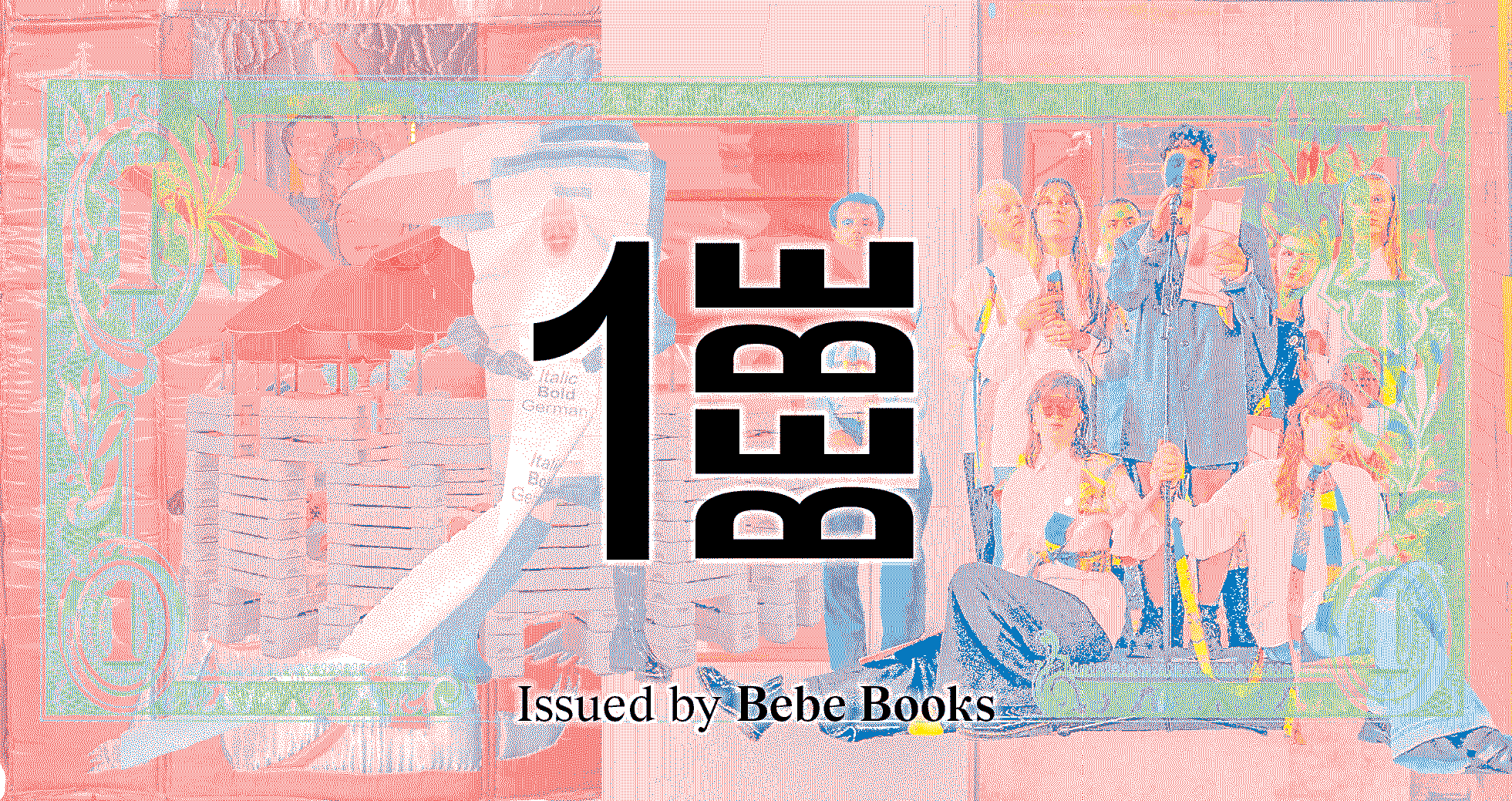
We anticipate that issuing Bebe Cash will help us claim more agency in our financial relationships with institutions. We will be able to make the exchange value of the currency, as well as that of our labor, higher or lower autonomously. We hope to intervene directly in the social relations that the material fetishism of capitalism reduces to fictitious value through the currency. Bebe Cash doesn’t only facilitate monetary exchange but also various other social interactions through its circulation, fostering community, trust, and reciprocal exchanges.
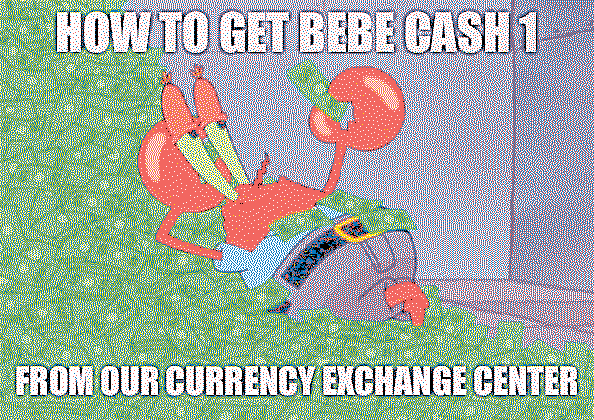
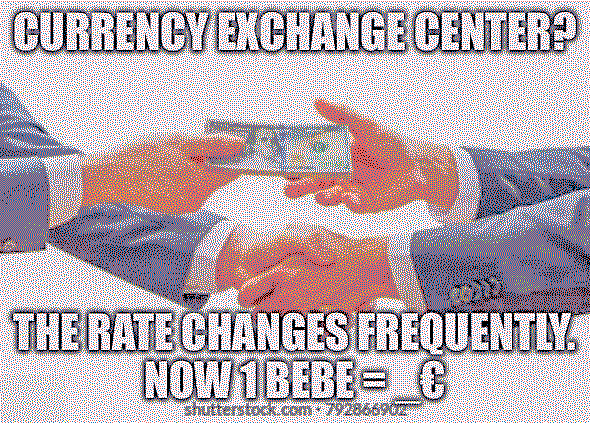
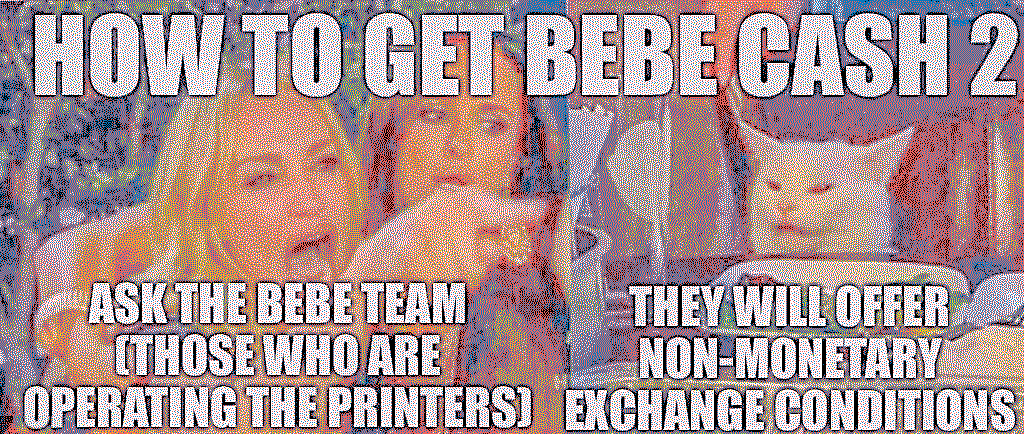
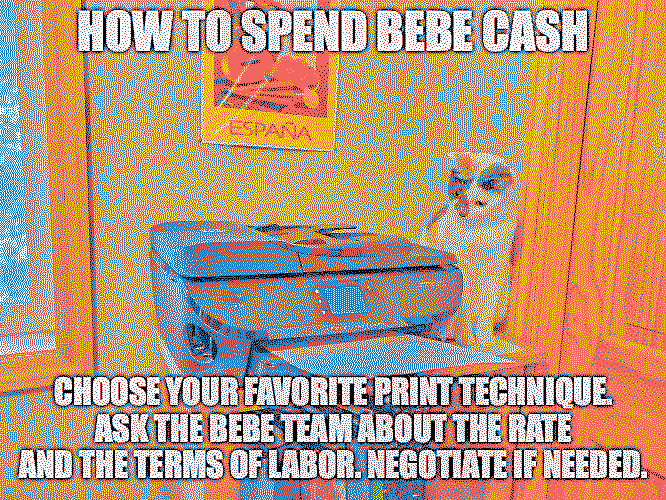
“Not all the art world’s problems can be undone by currency designs. Most of the time, it takes grounded practices of feminist and solidarity-based economies. Various artistic initiatives participating in documenta fifteen can be read as enacting such diverse economies, by working on maintaining and replenishing natural and cultural commons, by learning from cooperative governance structures, and by engaging in solidarity-based distribution mechanisms. These are propositions for “taking back the economy” in situated local contexts.
Yet, as much as it is galvanizing, vigilance is also in good order. Studies have shown how “social surplus,” or community resilience that traditionally provides mutual aid in underprivileged parts of the world, can be co-opted by financiers issuing micro-debt and using the very communal network for policing and shaming those failing to repay the debt. It is not a pessimistic outcry, but a reality check to confirm that these community prototypes essentially function “off the radar” from the predatory logic of capitalism.
Here is a change of perspective: Why do there appear to be moral obligations in the art world that impede one from thinking big and systemically? In coming up with community currency designs, “small is beautiful” may become a self-fulfilling prophecy. The last thing anyone should want is for a funder to look at “grassroot resilience,” i.e., the communal safety net, and say, “Well, you are doing just fine, and we don’t need to give you funding anymore.” This may yet be forthcoming in the Global North funding ecosystem, but if we are to draw a balance of demands from neoliberal NGO funding in the Global South, it is already a bitter pill some art initiatives must swallow.
Nathan Schneider, one of the foremost advocates for cooperative movements and platform cooperativism, sees a need for cooperatives to be entrepreneurial, that is, to identify needs where they arise and be good at responding to them. The counter-intuitive is not too bad to start with. As Common Coin proponents Tiziana Terranova and Andrea Fumagalli argue, financialization has a potential to “reveal how money can function as an intervention and that it can also account for different ways of organizing the production and distribution of wealth.” In the art world, this could translate into how we could create conditions for ethical and sustainable funding streams.”
Excerpt from Another Currency, Another Speculation: Reflections on Art and Economies Projects at documenta fifteen by Mi You
This is an unofficial reader and we do not hold the copyrights for the excerpts. Please contact us if you would like your content removed.